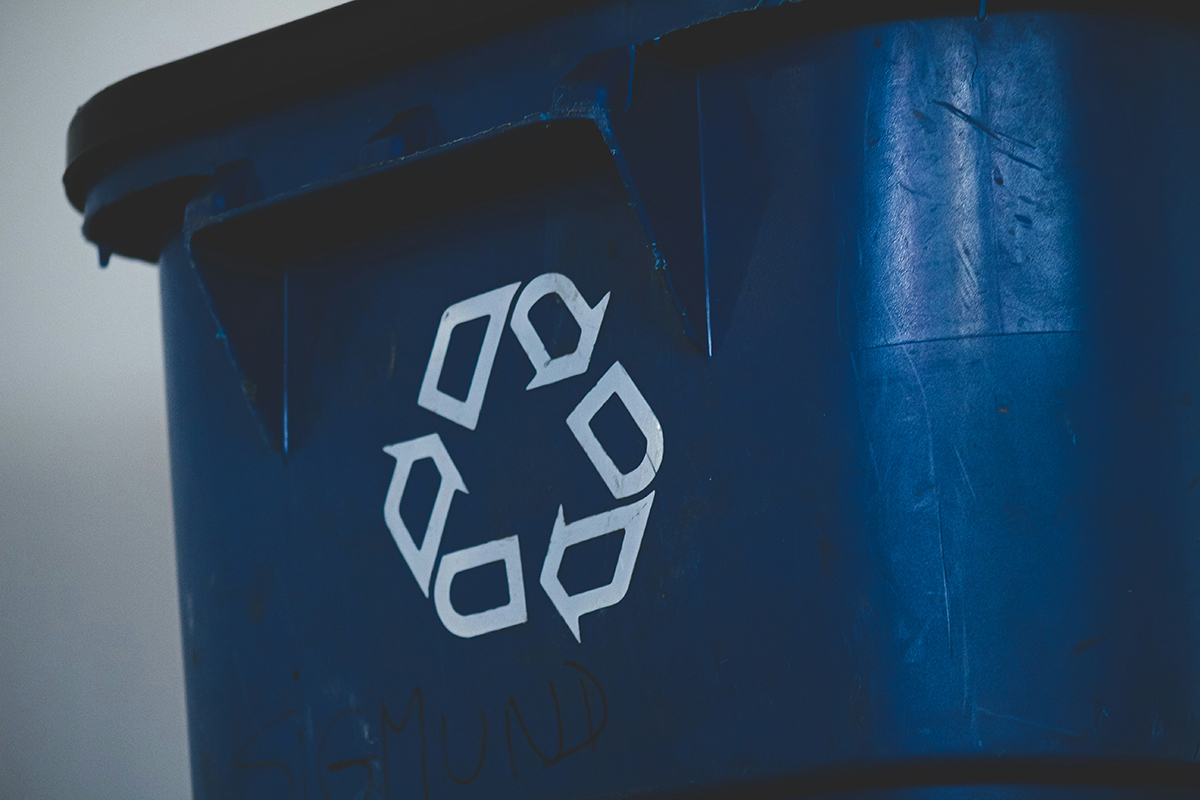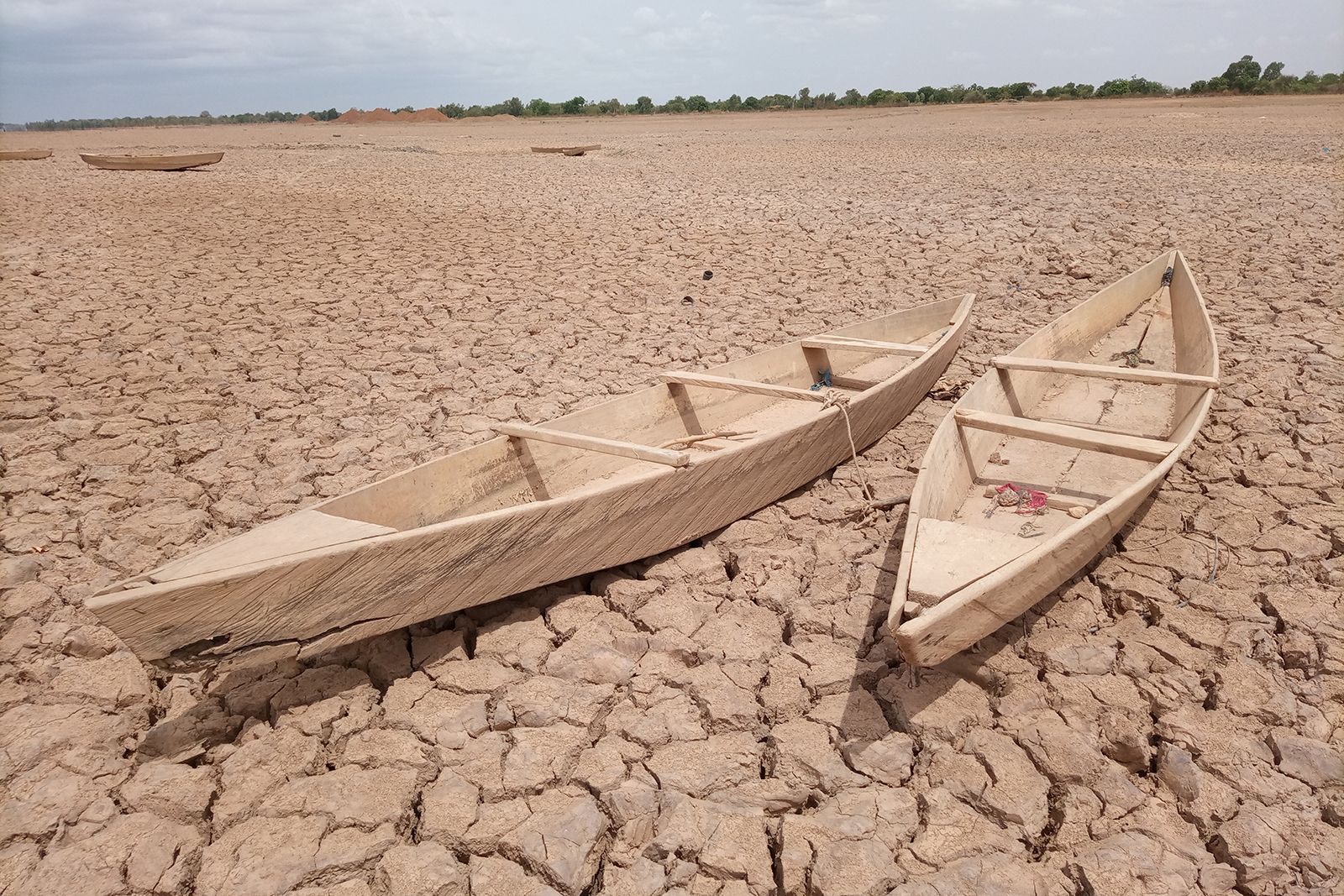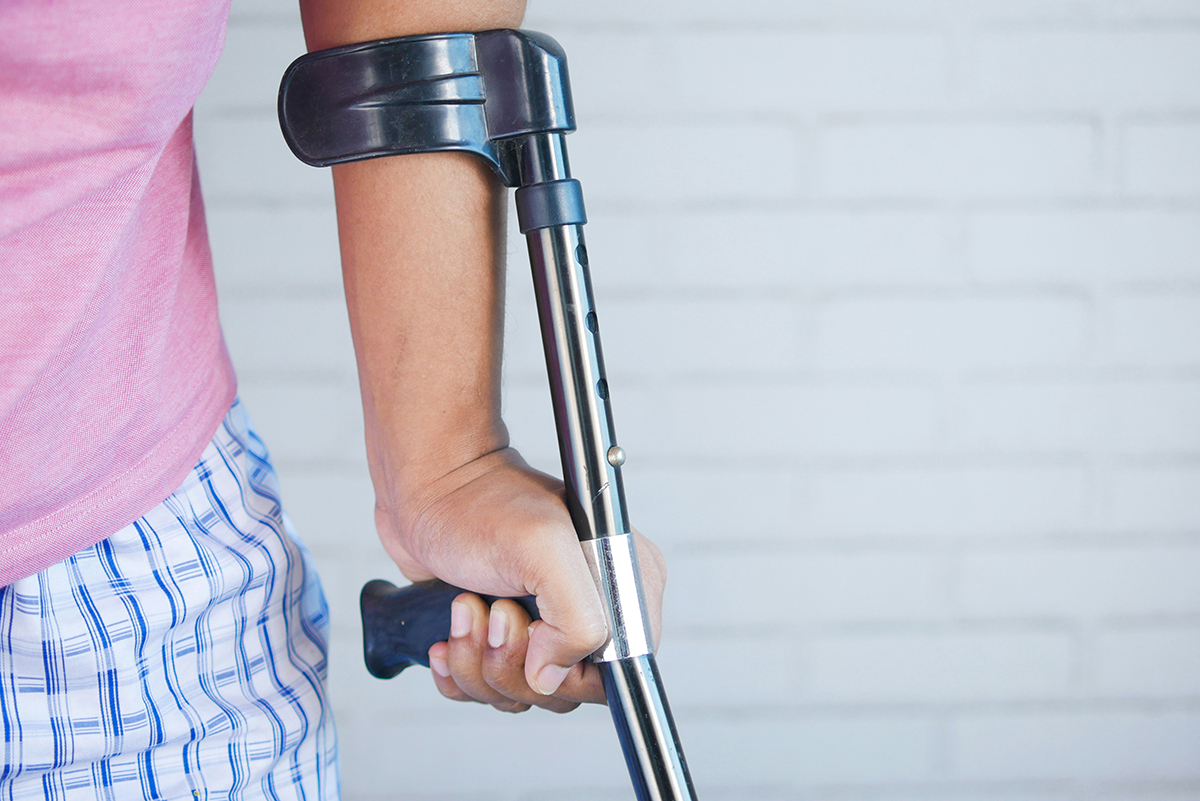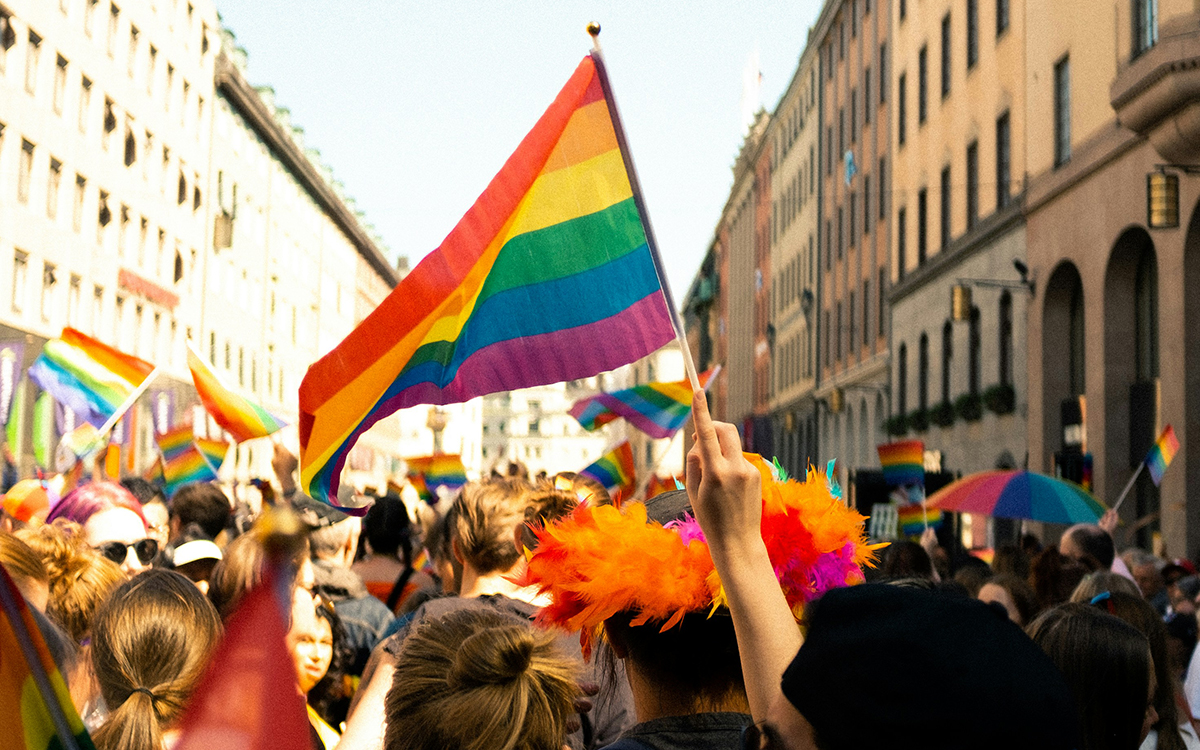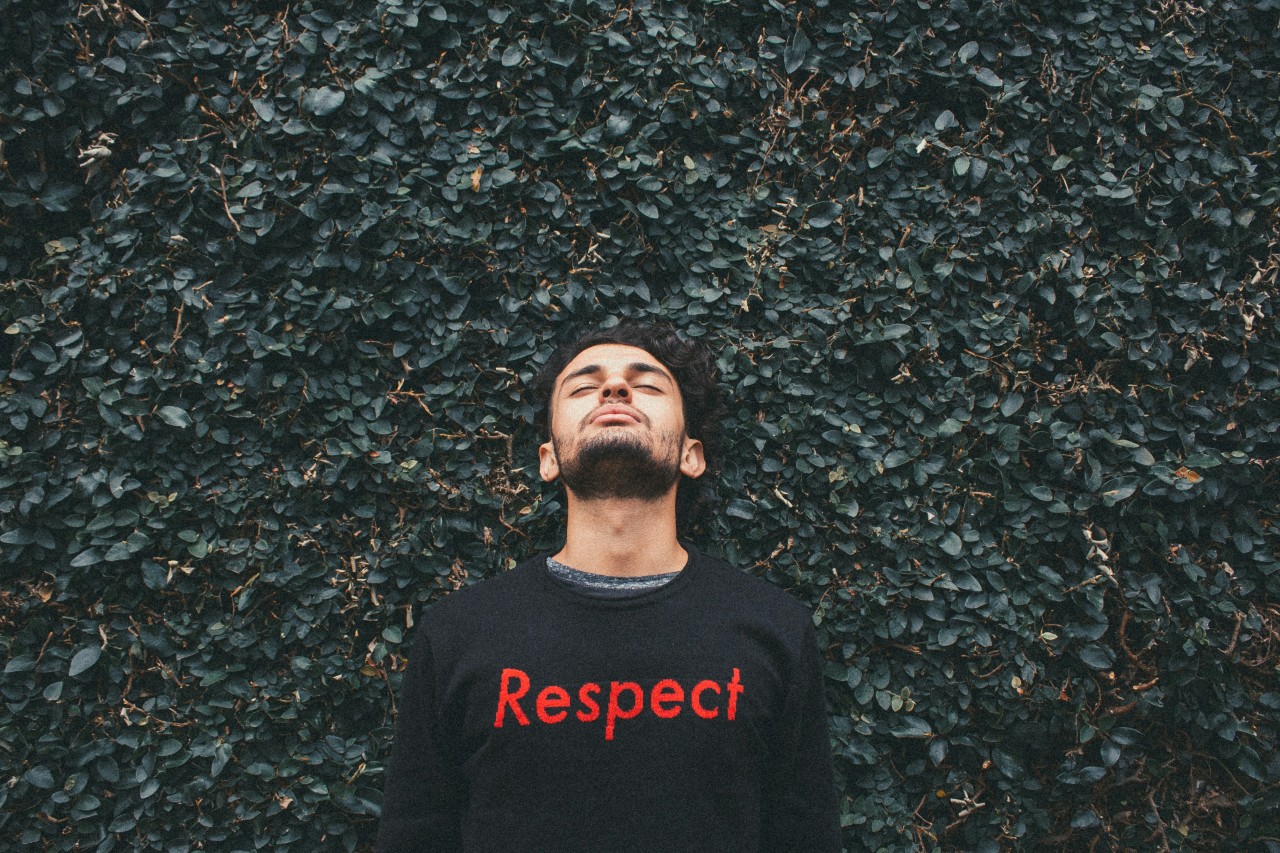The European Green Deal
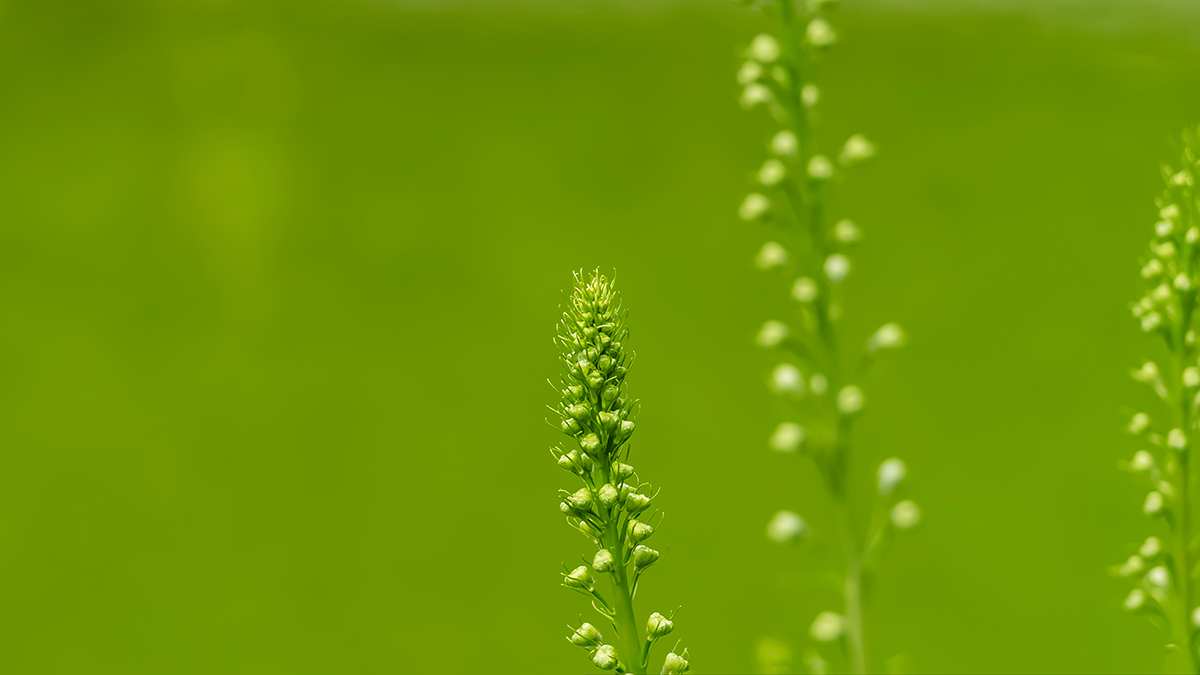
Image: Photo by Cheng Chieh Hsu on Unsplash
The European Green Deal is a large number of political initiatives launched in 2021 to transform the EU into a modern, resource-efficient and competitive economy. The ambition is to have no net emissions of greenhouse gases by 2050, while ensuring strong economic growth and improved social conditions. Several of the initiatives linked to the Green Deal will have a direct and indirect effect on the textile service industry. Below you can find some of the words or abbreviations that you will probably run into if you work in the textile service sector.
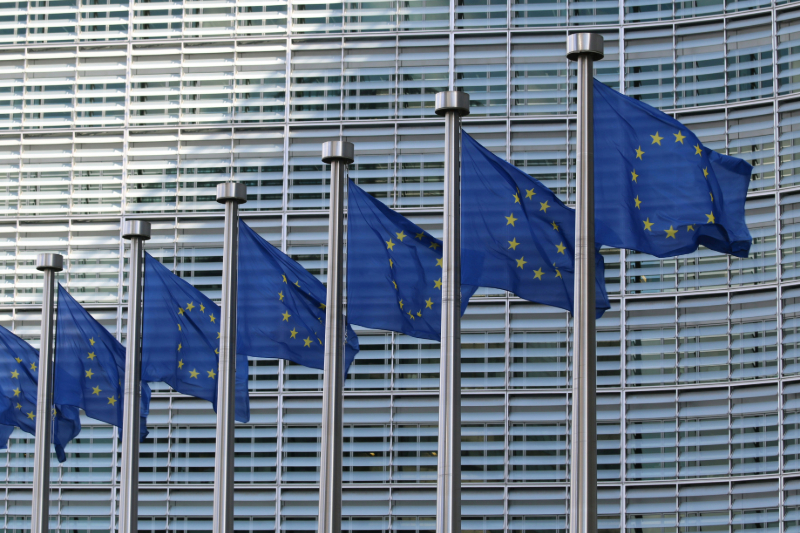
Photo by Guillaume Périgois on Unsplash
CSRD – Corporate Sustainability Reporting Directive
EU directive that aims to create the best conditions for meeting the Net Zero objectives by 2050. The directive means that companies and organizations will report according to European sustainability standards (ESRS).
ESRS – European sustainability reporting standards.
New standard that should result in comparable, sufficient, and qualitative information from companies about how they affect people, the environment, and the climate. The reporting will increase transparency and comparability.
ESG – Environmental, Social and Governance
E: Questions relating to reduced climate impact, environmental pollution, resource efficiency, etc.
S: Topics such as equality, human rights, working environment and equality.
G: Issues in corporate governance such as sustainability reporting, due diligence, business models, regulatory compliance, and whistleblower systems.
CSDDD – Corporate Sustainability Due Diligence Directive
Proposal for a directive from the EU that will enable faster green transformation and protect human rights. The proposal means that companies above a certain size will be obliged to identify and prevent, minimize, or stop negative effects on human rights or the environment in their value chains.
SPI – Sustainable Product Initiative
An EU initiative with focus on more sustainable products on the European market, for example by regulation of harmful chemicals in textiles, electronics, furniture, and building materials, improved lifetime of products through possible refurbishment and reuse, as well as improved product information. ESPR and DPP are two proposals under the SPI.
DPP – Digital Product Passports
A set of sustainability data that enables circular products and business models. The product pass gives each product a unique identity that can be linked to one or more data sources with information about that particular product.
ESPR – Ecodesign for Sustainable Product Regulation (Ecodesign Directive)
Proposal for a regulation from the European Commission to adapt products for climate neutrality, resource efficiency and a circular economy, reduce waste, and make sustainable products the norm within the Union.
CEAP – EU Circular Economy Action Plan
Part of the EU’s Green Deal for climate neutrality in 2050. Umbrella framework that contains 35 measures and aims to achieve a circular economy by 2050. Focus on seven areas: electronics and IT, batteries and vehicles, packaging, plastics, textiles, the construction industry, and buildings and food.
EU Strategy for Sustainable and Circular Textiles
The EU Strategy for Sustainable and Circular Textiles addresses the production and consumption of textiles, whilst recognising the importance of the textiles sector. The strategy looks at the entire lifecycle of textile products and proposes coordinated actions to change how we produce and consume textiles. It consist of several initiatives aimed at decreasing negative environmental and social impacts along the lifecycle of textiles, as well as increasing reuse and recycling of textiles.
Other important words related to circularity
Circular
Summary term for both recycling and reuse of materials.
Recycle
Textile fibers can be materially recycled through mechanical recycling and chemical recycling. Fiber recycling is a method where textile waste is used to produce textile fibers which in turn become new textiles.
Mechanical recycling: Fibers are used for products other than what the textiles originate from. An example is the manufacture of soundproofing materials.
Chemical recycling: Fibers are reused for similar products. For example, mixed materials (polycotton) that are separated chemically and become new textiles.
Recyclable
Product that can be recycled in existing recycling processes; open loop or closed loop.
Open loop: The product gets another use after recycling, e.g. PET bottles that are recycled into textiles.
Closed loop: Product returns to original product after recycling, e.g. plastic flooring that goes into the production of new plastic flooring.
Resource conservation
Collective term for reduced extraction of resources – both raw materials and energy. Resource management is usually higher with reuse/reuse, compared to recycling, because recycling means that materials are processed more before they can be used in new products again.
Refresh/Spruce up
For example, when a piece of clothing is dry-cleaned to bring back its shine, or re-stitched to get a new fit.
Upcycled
Reuse or material recycling where the material gets an increased value than the original product. For example, sheets that are sewn into garments or PET bottles that become polyester fibers to make clothes.
Downcycled
Reuse or material recycling where materials are given a lower value than the original product. For example, sheets that become cleaning cloths, or old textiles that are used for insulating material.
Repair
Any damage to textiles is repaired.
Relove
Donation of textiles so they can be used again.
Reuse
Textiles are used again in their existing condition, without being processed in any other way than through cutting/dyeing/design.
Remake/remade
Textiles are reused by remaking them.
Remanufacturing
Industrial process where products, or parts of products, at the end of their useful life are restored to a usable product again.
Rental
For example, through a rental model in the textile service industry or a clothing library.
Regive
Textiles that change hands from person to person.
Quiz – What have we learned about the European Green Deal?
What is CSRD?

What does ESG stand for?

What does circular mean?

What is the main aim of the EU Strategy for Sustainable and Circular Textiles?
